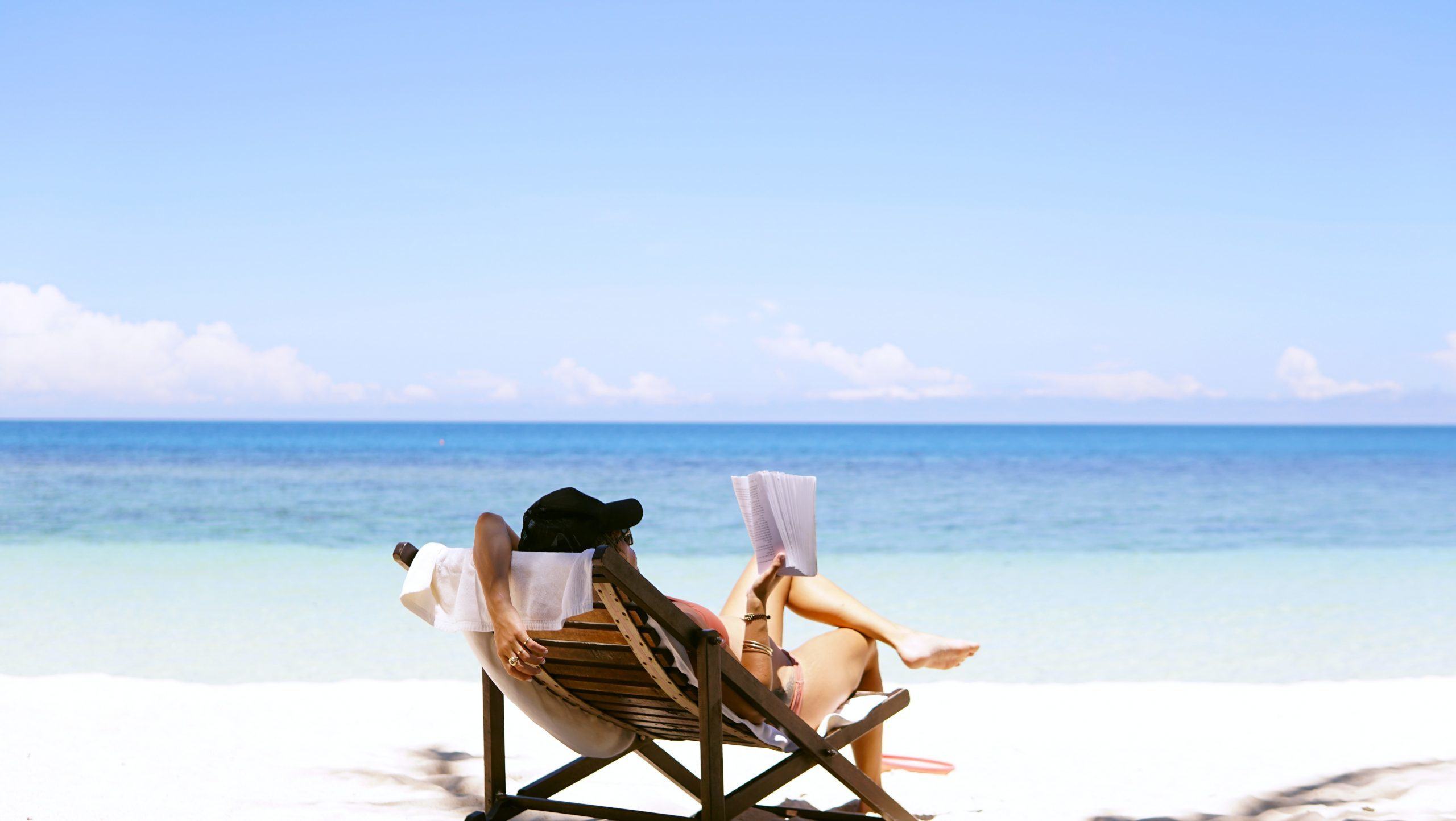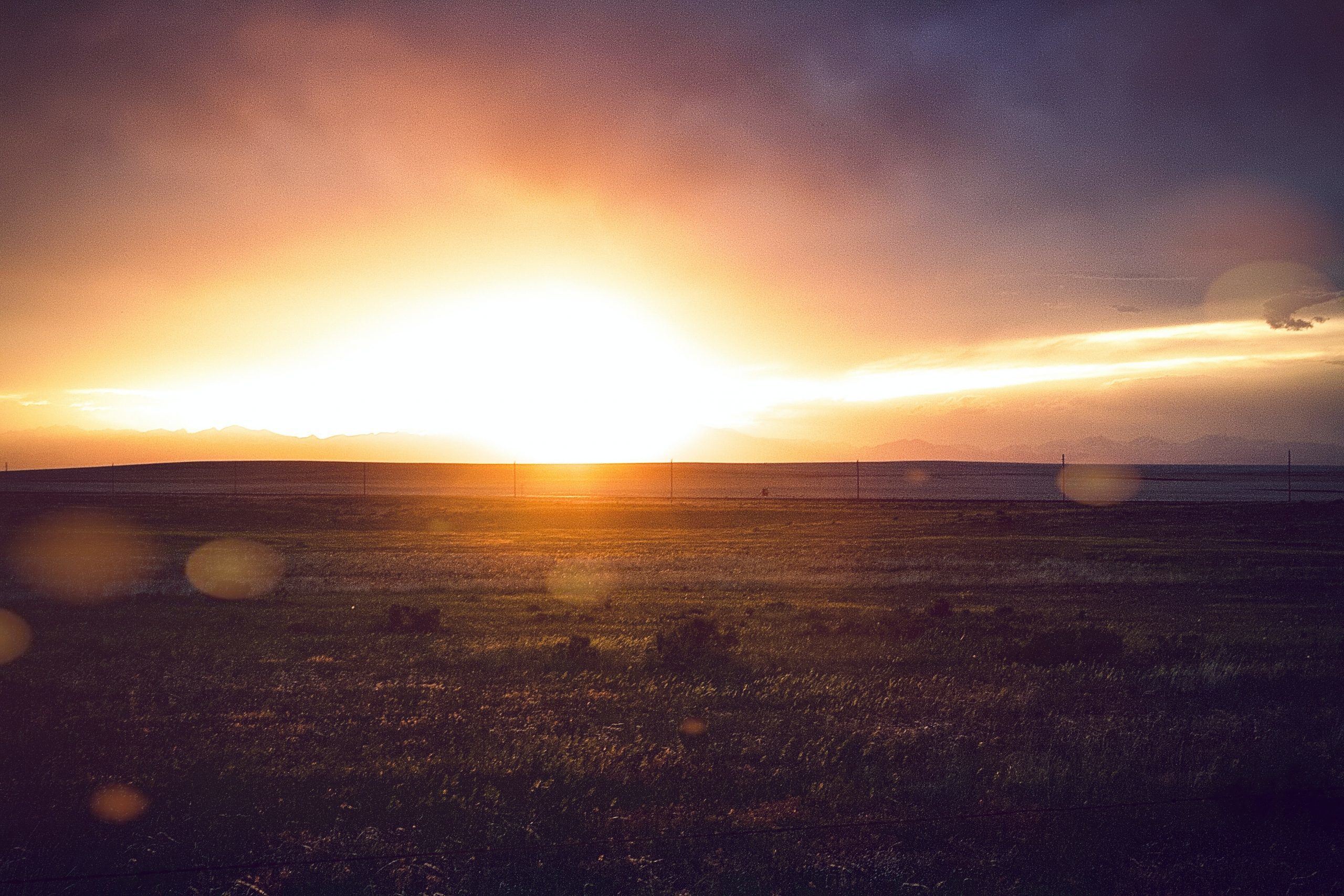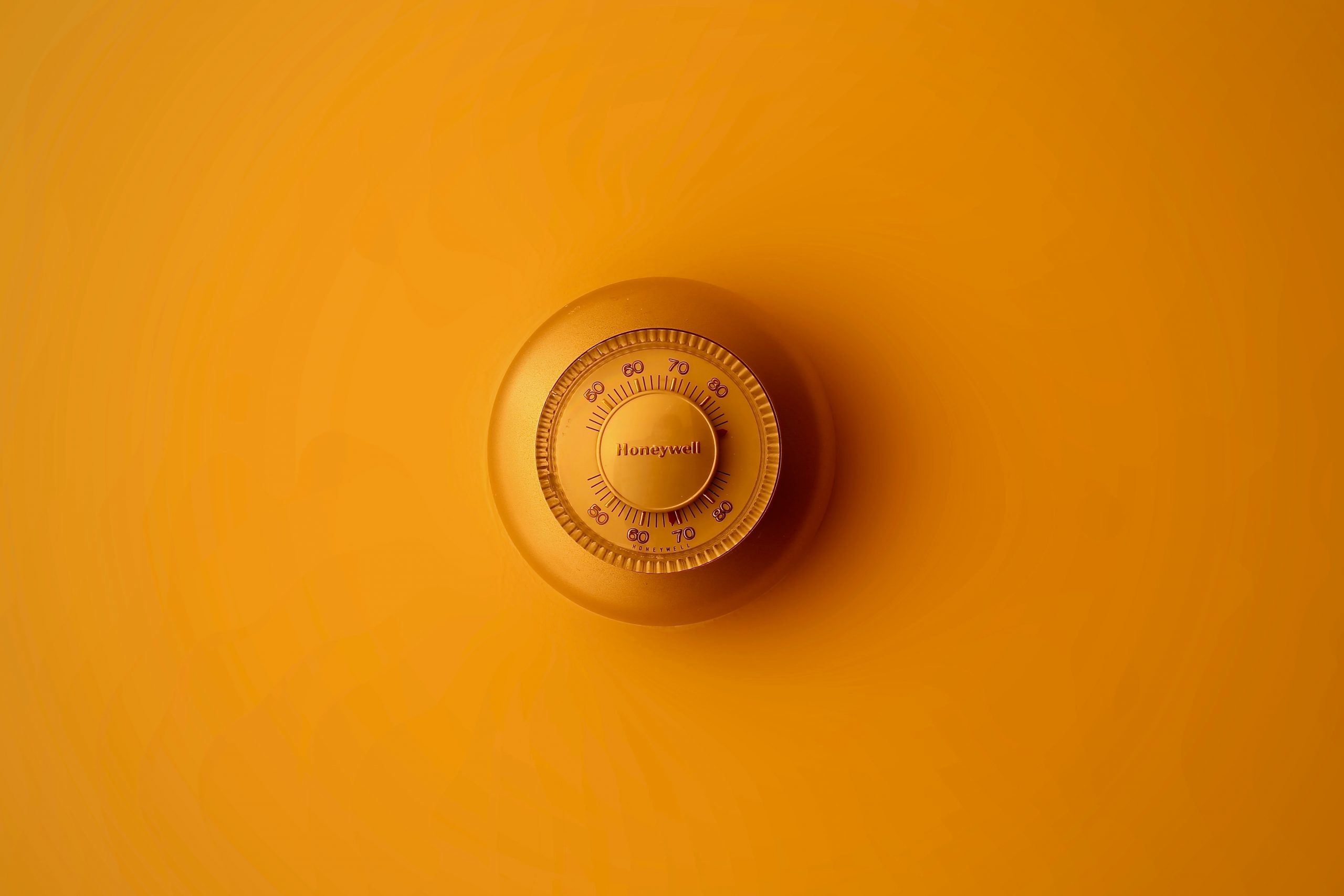What the “Right” Vacation does for us (and why we should start taking them)
What the “Right” Vacation does for us (and why we should start taking them)
It used to be that we booked vacations, even through travel agents. Not stay-cations, not busman’s holidays (a British term that according to wiktionary, was first recorded in 1893 in the UK. The idea is that a busman, to go off on a holiday, would take an excursion by bus, thereby engaging in a similar activity to his work.) The (non-refundable) plane tickets were purchased, the hotels were booked, the suitcases were packed, and unless tragedy struck, we were going!
Before the COVID-19 pandemic, Americans already fell short in taking paid time off (PTO) days, mainly due to the competitive nature of workplaces (often perpetuated by managers), short-staffed work environments, or the expectation to work remotely while on vacation (BBC). Since the beginning of the COVID-19 pandemic, the American workaholic now has more reasons to leave PTO on the table:
- Plane and public transportation seem risky
- Popular destinations have reduced availability or limitations that don’t seem fun
- It’s harder to arrange caretaking responsibilities since the pandemic
According to a survey taken in July 2020 ( in the US), over 90% of Americans either canceled, postponed, or simply didn’t book vacations (based on feedback from 2027 people). However, surveys (Expedia regarding 2021 and Qualtrics taken in January 2022) show that Americans have resumed taking vacations at a rate that is still less than needed, and are still working during vacations.
Here’s why we need to step up our vacation game (Forbes):
- Taking time off is “integral to (employee) well-being, sustained productivity and high performance”
- Vacation time increases mindfulness, which means that being out of our normal routine prevents us from operating on autopilot!
- Vacation time improves heart health by decreasing symptoms of metabolic syndrome (study). Metabolic syndrome is a cluster of conditions that occur together, increasing your risk of heart disease, stroke and type 2 diabetes (Mayo Clinic)
- Vacation time reduces stress, which is another boost for good health. Another post on stress (Increasing our bodies’ resistance to mold) show that stress induces lowered immunity and cell aging, death, and deformation.
- Vacation time increases brainpower, because our most creative ideas are generated when we are in a relaxed state of mind.
- Vacation time improves sleep. According to a New Zealand Air study, people on vacation generally sleep one hour longer and continue this schedule when they return home.
So why do we fall into the perception that taking a vacation will negatively affect us? It requires changing our mindset. Contrary to the perception that taking a vacation will put us at a disadvantage, consider these facts from Harvard Business Review:
- People who take all of their vacation time have a 6.5% higher chance of getting a promotion or a raise than people who leave 11 or more days of paid time off on the table.
- The right vacation increases positive thinking, which in turn can cause productivity to improve by 31%, sales to increase by 37%, and creativity and revenues can triple. What is the “right” vacation? It’s one where travel stress is reduced. Here are the ways you can plan the right vacation and get those benefits:
a) plan a month in advance and prepare your coworkers for your time away
b) go outside your city (the further the better)
c) meet with a local host or other knowledgeable guide at the location, and
d) have the travel details set before going.
- Your manager will perceive you as more productive, because employee happiness is perceived as productivity.
- Consider that you are giving yourself a pay cut every time you don’t take all of your PTO. Why? If you’re a salaried employee, and if paid vacation is part of your compensation package, you’re essentially taking a voluntary pay cut when you work instead of taking that vacation time.
We at HypoAir would also add that the “right” vacation spot is one with great air quality. If you are used to working indoors, try booking a vacation in a spot with stellar air quality, like one of these US cities with the cleanest air, or one of these international cities with the cleanest air. Your lungs and body will thank you! If you plan on going to a more polluted city, be sure to bring your Air Angel along to get clean air in your hotel room and car.
Be a leader! Consider your vacation as part of your pay, as a project with payoff, and as part of your own self-care. Even if the culture in your office is anti-vacation, act as a visionary leader: encourage your co-workers by offering a pact to support one another before, during and after vacations. You never know; your determination to take your full vacation could change the culture. The “right” vacations require effort, but it’s effort that is well-rewarded in better health, and happiness at work. It’s a project that really does pay off!
Photo by Chen Mizrach on Unsplash



